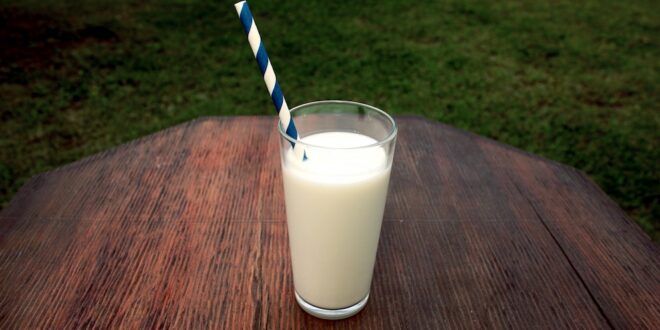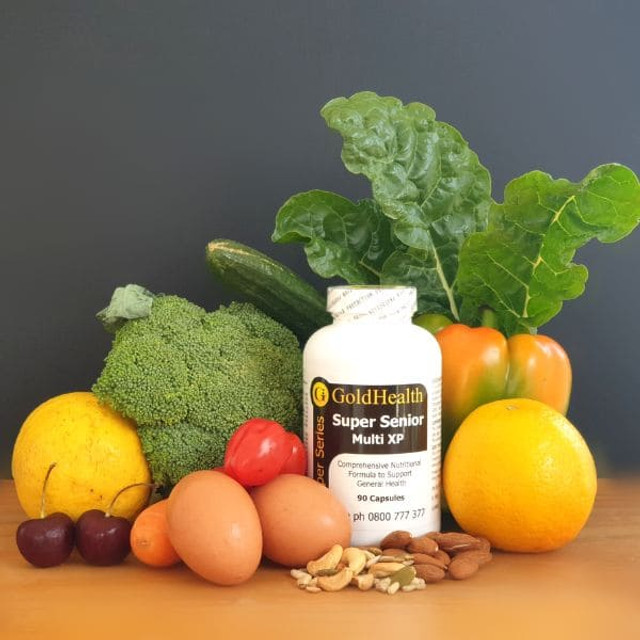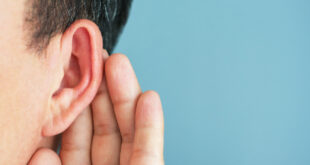Why is it, as we age, everyday stumbles give rise to so much concern? And what would have been called ‘a small trip’ (when we were younger), is suddenly escalated, especially by others, to the dreaded term: ‘a fall?’ As it turns out, there’s good reason for taking falls, even small ones, seriously. As we age, such accidents are more likely to lead to bone breaks, and it’s all down to an age-related decrease in bone health.
As we age, the density of our bones decreases as we lose a concentration of minerals such as calcium and phosphorus. The reduced density to which these minerals are ‘packed in,’ can lead to osteoporosis, a condition which results in more porous bones more susceptible to fractures.
Ageing also reduces our ability to rebuild bone tissue as well as we once could. Contributing to this problem are hormonal changes, particularly a decrease in estrogen levels in women after menopause (which is why women are more likely than men to suffer bone breaks).
So, whether we like it or not, the risk of a bone break through, even a small tumble, is greater when we age than when we were a younger person. Although this may be infuriating, there are several ways we can nurture our bone health to reduce the chance of breaks. The first is through proper nutrition.
Foods which are rich in calcium and vitamin D help build healthier bones. Calcium-rich foods include dairy products such as milk, cheese, and yogurt (if you are lactose intolerant or vegan, you can opt for fortified plant-based milks as soy, almond milk, and oat milk). Fortified plant-based milks are often enriched with key nutrients such as calcium, iodine, vitamin B12 and vitamin D. Tofu (if prepared with calcium sulfate), is another non-dairy alternative. Leafy greens such as spinach, kale, and bok choy also contribute to bone health. Vitamin D-rich foods aren’t difficult to come by, either. If you are including eggs, and fish (such as salmon, mackerel, and tuna) in your diet, you’re onto it! But there’s also a free source of Vitamin D, and it’s delivered to us via a healthy dose of sunlight! Of course, in our harsh Kiwi climate, over-exposure to sunlight can contribute to other health problems, so always consult your medical professional for advice on how much sun exposure is good for you, and how to access it safely.
Also crucial for building healthy bones and reducing the risk of osteoporosis, is physical activity, especially as it relates to weight bearing exercise. This is physical exercise requiring the body to work against gravity while supporting its weight. Walking, jogging, dancing, tennis, and even climbing stairs, are all examples of weight bearing exercise, but approach these activities with a healthy degree of caution – an older body may be already compromised through poor bone health and other medical conditions.
While attending to nutrition and exercise are among some of the best ways to care for your bones, these aspects of our lifestyle sometimes go by-the-by for no fault of our own. In cold weather, even those with the best intentions may decide to hunker down indoors instead of going out for the usual morning walk. When we’re too tired to prepare a meal, or when we’re busy caring for another, it can be easy to find ourselves resorting, too often, to less-than-healthy convenience foods. And as appetite decreases (as it often does with age), it may simply slip our minds to eat, or eat well. This is where the conveniences of supplements can play a part in keeping our bones in the best condition possible, and the ‘bottle on the bench’ is a ready reminder to take them.
When it comes to bone health, we may not be able to mitigate all the factors which the increasing years throw at us. However, through a healthy lifestyle, and bone health supplements, we can do our very best to stay on target and live an active lifestyle.










Join the Discussion
Type out your comment here:
You must be logged in to post a comment.